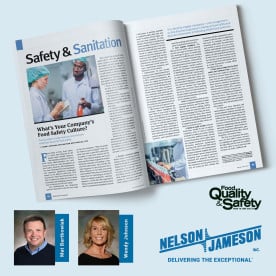Monthly Archives: May 2010
- May 27, 2010
The American National Standards Institute (ANSI) revised the standard relating to first aid kits in the workplace. ANSI Z308.1-2003 has been replaced by ANSI Z308.1-2009. There are a few changes that our customers should pay attention to. The old standard listed eight items that were required as minimum fill for workplace first aid kits. The new standard brings the required item total to ten. The other notable change is that latex is to be eliminated from first aid altogether.
The new required items are:
(1) First Aid Guide
(1) Absorbent Compress 4″ X 8″ minimum
(16) 1″ X 3″ Adhesive Bandages
(1) Adhesive Tape 2.5 yard roll
(10) Antiseptic Treatment Applications 0.9 Gram each
(6) Burn Treatment Applications 0.9 Gram each
(4) 3″ X 3″ Sterile Gauze Pads
(2) Pair Medical Exam Gloves
(1) Triangular Bandage 40″ X 40″ X 56″ min
(6) Antibiotic Ointment Applications 0.5 Gram each.There are also now ten items listed as Recommended Supplies.
- May 21, 2010
Many food processing companies store pH electrodes as spares for those that are currently in service. This program works well to ensure testing can continue in the event
- May 07, 2010
The past two weeks have found me on the road with a number of co-workers looking for the “right” software to run our Company. Web demos have led to site
- May 03, 2010





